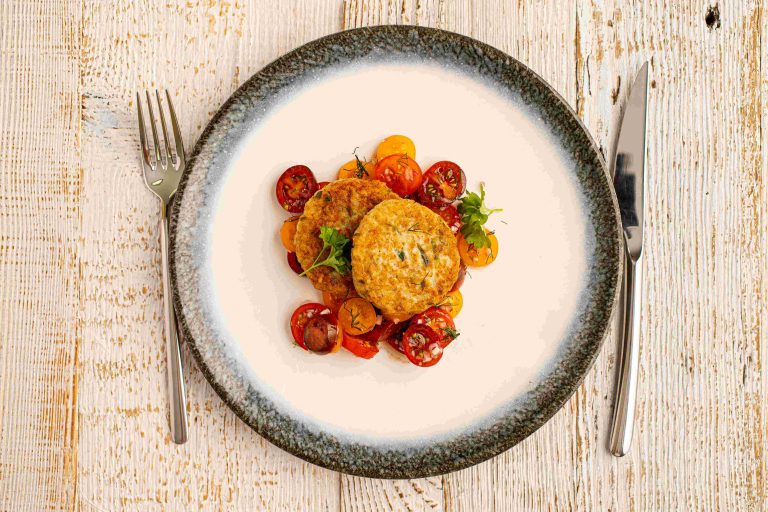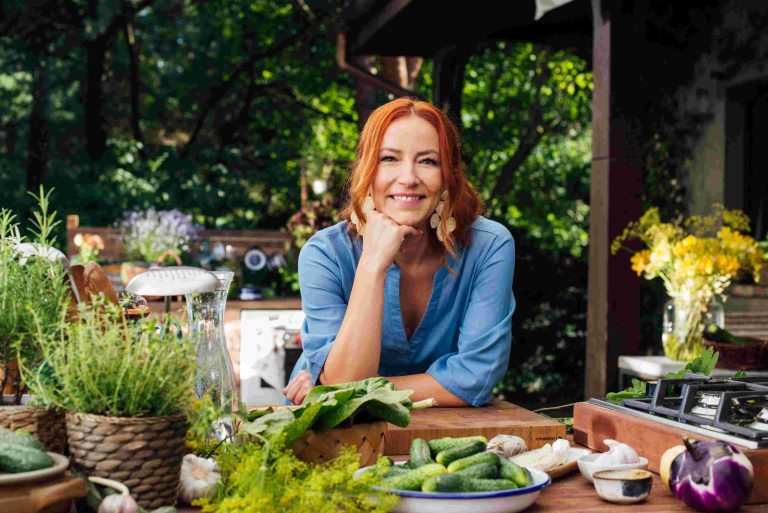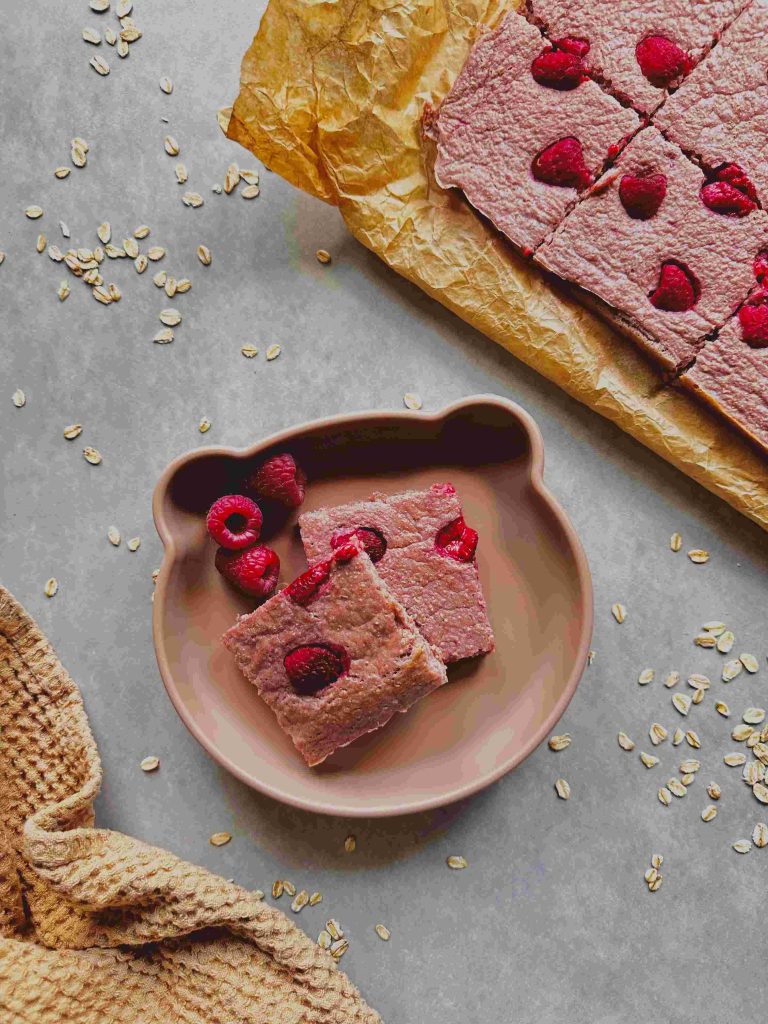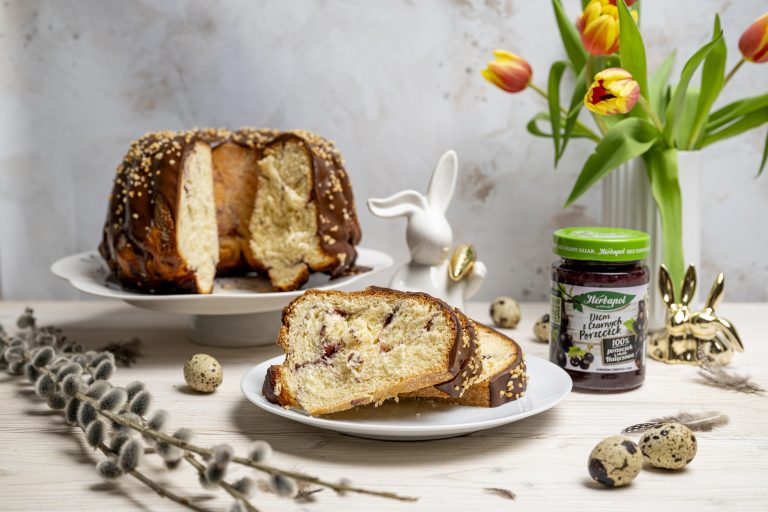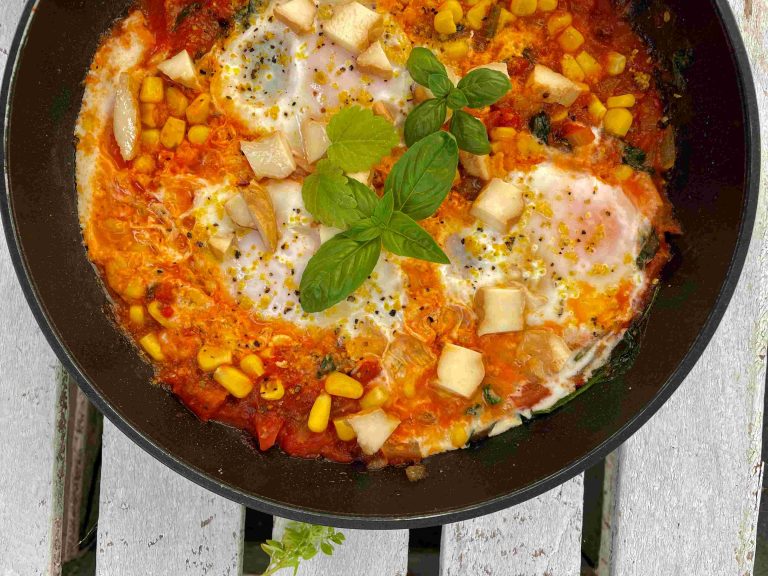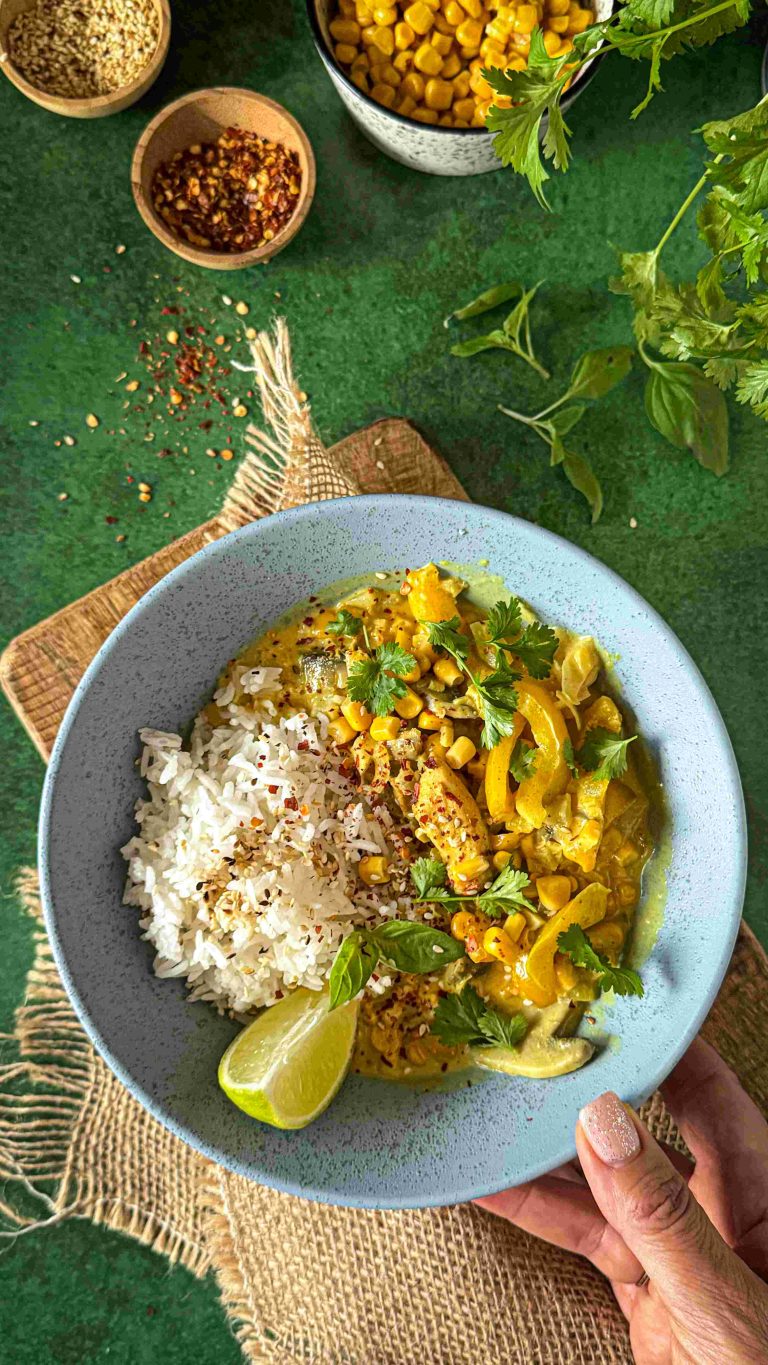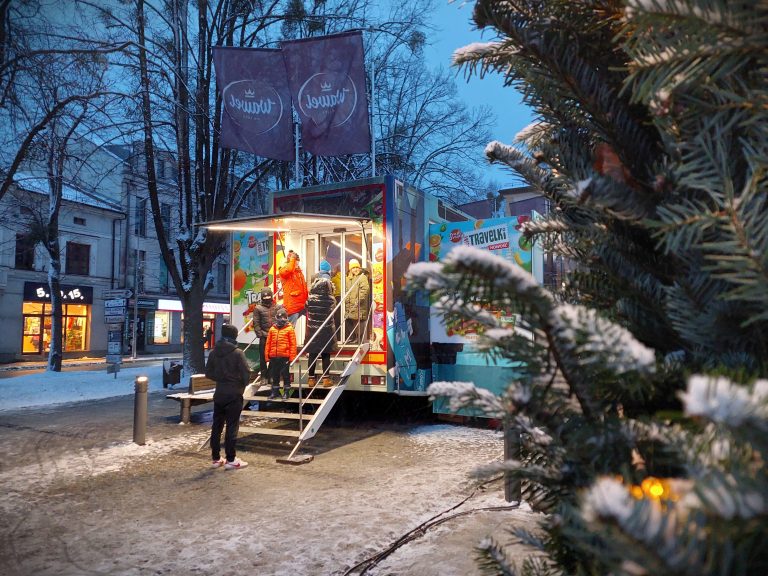MILLET, LEMIESZKI, SÓJKI, OR TRADITIONAL DISHES WITH MILLET
Regional recipes by Paweł Ochman
It is rich in iron, magnesium and silicon, which has anti-inflammatory properties. It is also a valuable source of phenolic compounds, which have the ability to destroy free radicals, and exogenous amino acids, which the body cannot produce itself. Compared to other groats, it stands out with the highest content of vitamin B1 - thiamine, which affects the functioning of the nervous and cardiovascular systems, supports the immune system and has antioxidant properties. Millet, due to its exceptional health benefits, should be a permanent element of our diet. Paweł Ochman, culinary expert of the campaign "I like millet - millet on the table, for health, every day", offers his own recipes for traditional dishes with millet from Mazovia, Podkarpacie and the Świętokrzyskie province.
MILLET LEMIESZKA FROM ŚWIĘTOKRZYSKIE

– Lemieszki, prażoki, porki, mordoklejki, prażuchy, paciuchy, dusicha, prazoki, prażaki, dziady and many other names refer to one dish, depending on the region. These are boiled potatoes with flour added, then beaten for a long time. Topped with cracklings or stewed onion. In the times of the Second Polish Republic, one of the basic dishes in poor peasant cottages. They were served when there were no potatoes in the early harvest and there was still groats in the pantries. The most famous is the millet lemieszka from the Kielce district, or more precisely – from the Górno commune. Whole wheat or spelt flour was added to the boiled millet. Then it was kneaded intensively. Cracklings were added, if there were any. Most often, onion was stewed in lard. Dumplings were formed from the mass with a spoon, which were put on a plate or fried, and served with milk – Paweł Ochman tells.
Ingredients:
– 70 g millet
– 200 g wholemeal wheat or spelt flour
- 1 liter of water
– 2 large onions (about 350 g)
-frying oil
– 1 teaspoon of smoked paprika
– salt and pepper to taste
Execution:
Rinse the groats several times with hot water. Pour into a pot and pour in a liter of water and add a pinch of salt. Cook for 15 minutes from the moment of boiling, on very low heat, covered. Sprinkle the groats with flour, mix and cook for another 5 minutes. Beat everything thoroughly with a pestle until smooth. If it is very thick, add a little boiling water. Cut the onions into medium cubes and brown in oil. Turn off the heat and add the paprika. Mix. Add half of the portion to the ladle. Mix and season with salt and pepper to taste. Use a spoon soaked in water to scoop the mass and arrange on a plate. Pour over the lard and optionally sprinkle with parsley. The dumplings can also be fried in oil.
MILLET FROM PODKARPACIE
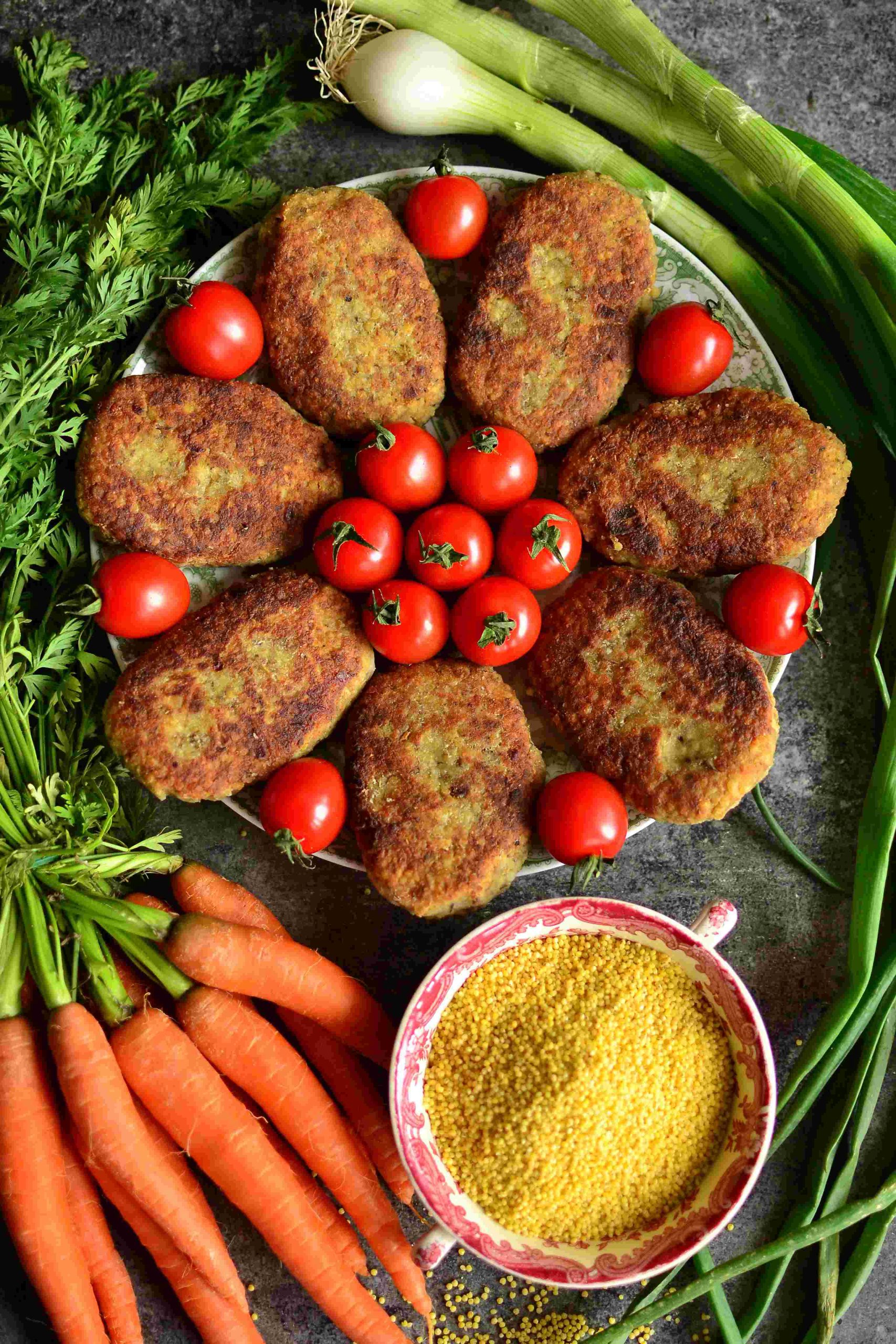
– I love the regional cuisine of Podkarpacie for its diversity and the huge number of vegan and vegetarian dishes. It is Boyko, Lemko, Jewish, Hutsul, Polish and also Ukrainian cuisine, because in the Second Polish Republic a large part of the current province was in the Lviv province. The cuisine of this region was rich in meatless cutlets. Bieszczady łężnie, Gródek potato cutlets are some examples. Today they are coming back and thanks to the ladies from the Rural Housewives' Association they are presented at taste festivals. Such are also the millet from Przeworsk district. These are cutlets made of millet and lentils, which also contain semolina. The addition of aromatic thyme, marjoram and nutmeg makes the cutlets taste exceptional. Perfect with young potatoes and cucumber salad or beetroot – culinary expert convinces.
Ingredients:
– 200 g millet
– 200 g green lentils
– 100 g semolina
– 2 onions (about 250 g)
– 2 cloves of garlic
– ½ teaspoon dried thyme
– 1 tablespoon dried marjoram
– salt, pepper and ground nutmeg to taste
-frying oil
– wheat or spelt flour for breading
Execution:
Rinse the groats several times with hot water. Place in a pot, pour in 500 ml of water and add a pinch of salt. Cook for 10 minutes from the moment of boiling, covered, on very low heat. Set aside to cool. Pour the lentils into a pot, pour in the water and cook for 25 minutes. Drain and blend with a blender. Set aside to cool. Finely dice the onions and brown in oil. Turn off the heat and add the marjoram, thyme and garlic pressed through a press. Mix. Add the millet, lentils, onions with spices, semolina, salt, pepper and nutmeg to taste to a bowl. Knead the mass thoroughly. Form cutlets, coat in flour and fry in oil until golden brown on both sides.
URCZECKIE SÓJKI FROM MAZOVIA

– Unquestionably, sójki are the hallmark of central and eastern Mazovia. They are still baked in the Mińsk district and in Polesie Mazowieckie and Urzecze. What are sójki? They are large baked dumplings
from pierogi, bread or yeast dough. The filling is diverse and depends on the region. Those baked in Urzecze are most often yeast with a filling of millet and carrot or millet with cooked sugar beet. The jay's comb is characteristic, which is supposed to resemble that of a rooster. Presented at festivals and taste festivals, they are still baked in rural houses in Urzecze. - says Pawel Ochman.
Ingredients:
Stuffing:
– 100 g millet
– 250 g sugar beet
– ½ teaspoon of cinnamon
– 40 g raisins
-250g water
Cake:
– 250 g wheat flour type 500 + 1 tablespoon
– 125 g of plant-based drink (oat, soy) + for greasing the jays
– 2 tablespoons of beetroot juice
– 15 g fresh yeast
– 1 tablespoon of sugar
- 2 tablespoons of oil
Execution:
Stuffing:
Rinse the groats several times with hot water. Pour into a pot. Pour in the water. Cook on very low heat, covered, for 10 minutes from the moment of boiling. Set aside to cool. Peel the beetroot
and cook in water for about 2 hours (the unused amount can be frozen and used for the next jays). Cool and mix with a blender. Combine the groats with the beetroot. Add cinnamon and raisins.
Cake:
Put the yeast in a bowl, add 1 tablespoon of flour and sugar and pour in the warm plant drink. Mix until dissolved. Cover and set aside in a warm place for 15 minutes. Add the rest of the flour and the juice from cooking the beets to the starter. Knead the dough for about 10 minutes, then add the oil and knead again. The dough should be soft, elastic and not stick to your hands. Set aside in a warm place for an hour, covered.
Jays:
Roll out the dough on a floured pastry board to a thickness of about ½ cm. Cut out discs about 8 cm in diameter. Spread the filling. Glue them together like dumplings, then place them on the pastry board with the glue side up and flatten slightly (the jays will be baked in this form, not lying on their side). Then, make a characteristic comb on the glue with your fingers. Place the jays at intervals on a baking sheet lined with baking paper. Cover with a cloth and leave in a warm place for 15 minutes, then spread with plant-based drink. Bake for about 25 minutes at 180°C. Top/bottom heat, middle shelf.
About the expert
Paweł Ochman. Vegan. Author of the books: "Pyszności z roślin. Szybkie wypieki, desserty, śniadanie bez jajek i nabiału", "Plant regional cuisine", "Kasze w roślinnej kuchnia regionalj" and "Plant borderland cuisine". Publishes recipes in the magazine "Smak i Tradycja". Collaborates with the Polish Chamber of Regional and Local Products. Juror in the Provincial Competition for the Borderland Dish of the Opole province. Conducts workshops and culinary shows. Author of the blog WEGANON.pl. Multiple winner of the Mazovian Culinary Photography Competition. Collaborates with the Rural Housewives' Associations. Propagator of plant regional cuisine and dishes from wild plants.
The organiser of the nationwide promotional and educational campaign "I like groats - groats for the table, for health, for every day" is the Federation of Branch Associations of Agricultural Producers.
More information about the campaign can be found here:
https://www.facebook.com/lubiekasze/
https://www.instagram.com/lubie_kasze/




















